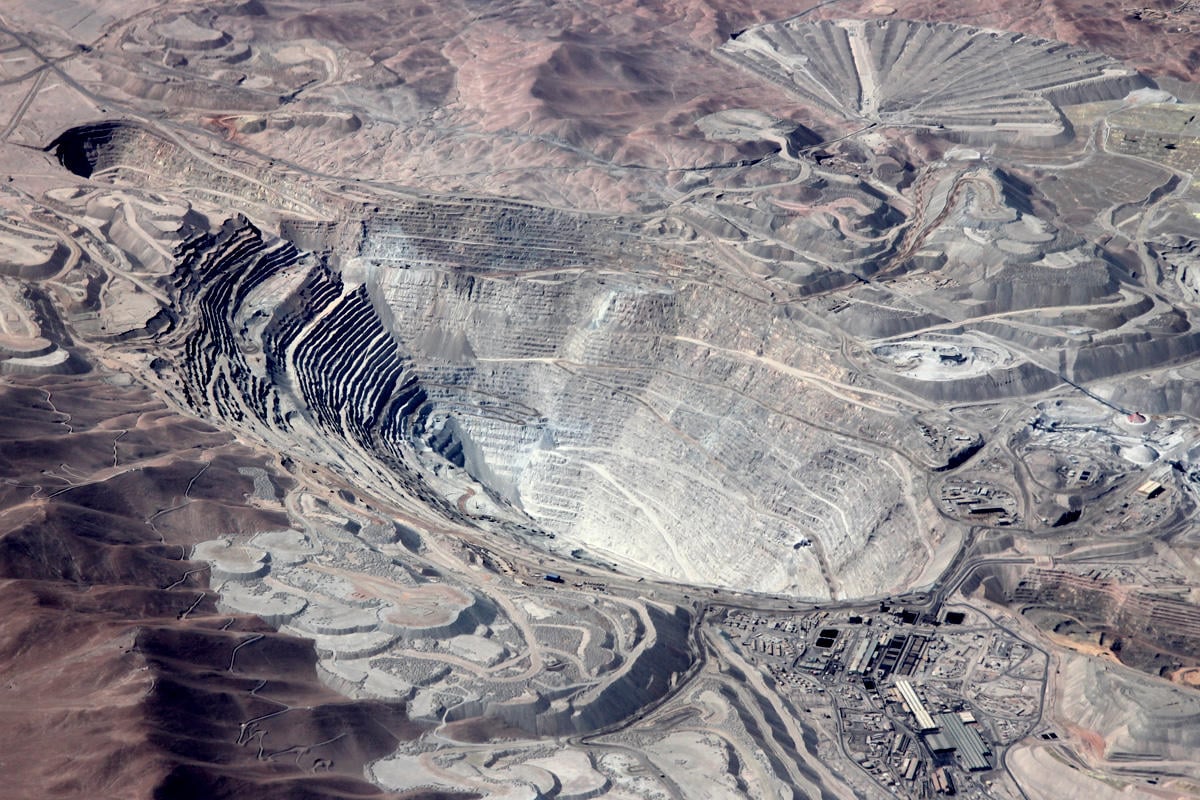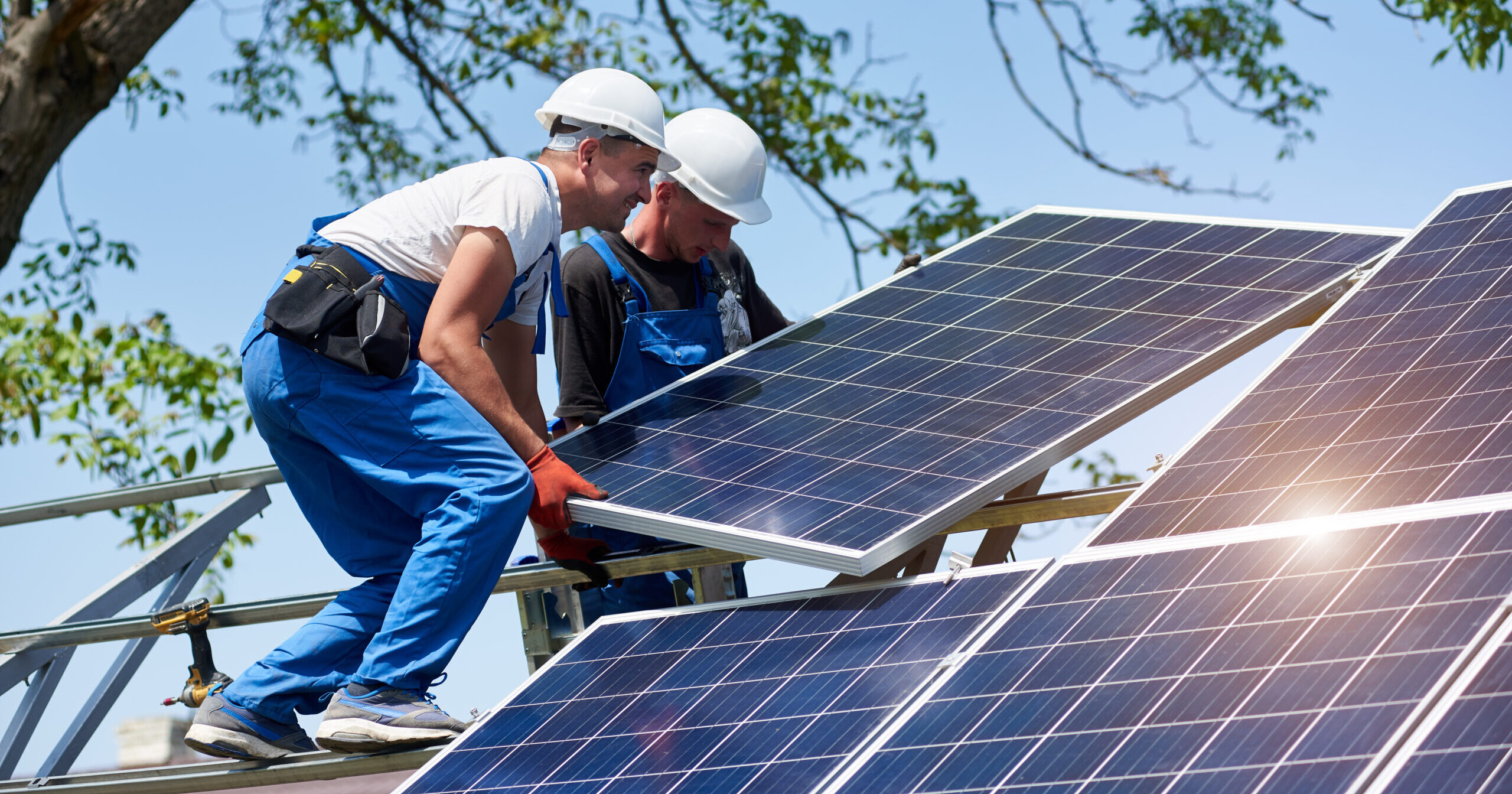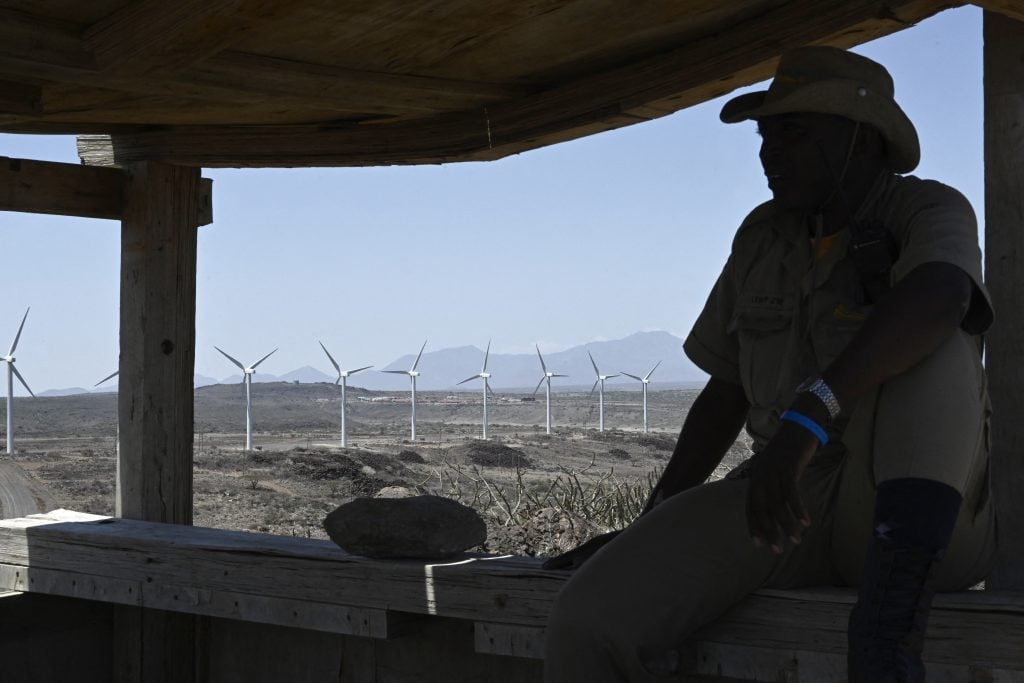Deploying photovoltaic systems in global open-pit mines for a clean energy transition – Nature

Report on Deploying Photovoltaic Systems in Global Open-Pit Mines for a Clean Energy Transition
Executive Summary: Aligning Solar Energy Expansion with Sustainable Development Goals
This report assesses the global potential for repurposing abandoned open-pit mining sites as solar energy hubs, a strategy that directly supports multiple Sustainable Development Goals (SDGs). By analyzing the technical feasibility and deployment timelines, this study provides a roadmap for aligning the rapid scaling of solar energy, a critical component of SDG 13 (Climate Action), with the revitalization of disturbed land, thereby advancing SDG 15 (Life on Land). The findings indicate a significant opportunity to advance SDG 7 (Affordable and Clean Energy) by transforming environmentally degraded areas into productive assets for a sustainable future.
Global Potential and Technical Feasibility
Land Availability and Generation Capacity
An analysis using a residual artificial neural network and energy demand projections reveals a substantial opportunity for solar deployment on former mining lands. This approach addresses the critical challenge of land-use conflict between energy expansion, agriculture, and natural ecosystems.
- Potential Solar Installation Area: Approximately 48,000 km² of disturbed land from open-pit mining is available globally.
- Comparative Scale: This area is ten times the global solar footprint recorded in 2018.
- Total Generation Potential: These sites could generate an estimated 4,764 TWh per year.
- Future Energy Needs: This potential output is sufficient to meet the projected global electricity demand for 2050.
Contribution to Sustainable Development Goals
The conversion of mine sites to solar farms offers a synergistic solution to advance several key SDGs:
- SDG 7 (Affordable and Clean Energy): The vast generation potential directly contributes to ensuring access to affordable, reliable, sustainable, and modern energy for all.
- SDG 13 (Climate Action): Scaling up solar energy on this land is a crucial step in taking urgent action to combat climate change and its impacts.
- SDG 15 (Life on Land): Repurposing disturbed mining lands minimizes the need to convert agricultural land or pristine ecosystems for solar farms, thus protecting biodiversity and halting land degradation.
- SDG 12 (Responsible Consumption and Production): This strategy embodies circular economy principles by promoting the productive reuse of brownfield sites.
Regional Analysis and Deployment Readiness
Geographical Disparities in Readiness
The readiness for mine-to-solar conversions varies significantly across different regions, highlighting disparities in infrastructure and policy frameworks.
- High-Readiness Regions: Mediterranean countries demonstrate the highest readiness for such projects, possessing favorable policy environments and infrastructure.
- Lagging Regions: Despite having optimal solar irradiation, many African nations lag in readiness due to significant barriers.
Barriers and Implications for SDGs
Overcoming regional barriers is essential for unlocking the full global potential and achieving equitable sustainable development.
- Infrastructure and Policy Gaps (SDG 9): The primary barriers in lagging regions, particularly in Africa, are related to inadequate energy infrastructure and the absence of supportive policy frameworks, which hinders progress on SDG 9 (Industry, Innovation, and Infrastructure).
- Economic Factors (SDG 8): The scenario analysis indicates that deployment timing and scale are heavily influenced by economic growth, the cost of clean energy, and fossil fuel prices, linking the transition directly to SDG 8 (Decent Work and Economic Growth).
Future Scenarios and Strategic Recommendations
Deployment Scenarios and Projections
The analysis of future scenarios underscores the urgency of strategic planning for the clean energy transition.
- Influential Factors: The pace and scale of deployment are contingent on economic growth, declining costs of clean energy, and fluctuating fossil fuel prices.
- Aggressive Transition Needs: An aggressive transition scenario to meet climate targets would require a solar capacity that is 106% greater than the area currently available from abandoned mines, highlighting the need to utilize all available suitable land.
A Roadmap for Sustainable Solar Expansion
This study provides a strategic roadmap for integrating post-mining land revitalization with national and global energy strategies.
- Strategic Alignment: Policymakers should strategically align solar expansion goals with post-mining land revitalization to maximize contributions to the SDGs.
- Actionable Plan: This research offers a clear pathway for developing solar energy in a manner that is both environmentally responsible and socially beneficial, turning former industrial liabilities into key assets for a global clean energy transition.
Analysis of Sustainable Development Goals (SDGs) in the Article
1. Which SDGs are addressed or connected to the issues highlighted in the article?
The article on repurposing abandoned mines for solar energy production addresses several interconnected Sustainable Development Goals. The analysis reveals connections to the following SDGs:
- SDG 7: Affordable and Clean Energy: This is the central theme of the article. It directly discusses the “rapid scaling of solar energy” as a clean energy source and assesses the potential of abandoned mines to host solar installations that could meet a significant portion of “projected 2050 global electricity needs.”
- SDG 13: Climate Action: The article’s opening statement, “Climate action requires rapid scaling of solar energy,” explicitly links the expansion of solar power to the broader goal of combating climate change. By promoting a transition away from fossil fuels, the proposed solution directly contributes to climate mitigation efforts.
- SDG 15: Life on Land: The article addresses the negative impacts of land use competition from solar farms on “agriculture and ecosystems.” By proposing the use of “abandoned mines” and “disturbed lands,” it promotes the revitalization of degraded land, thereby protecting terrestrial ecosystems and biodiversity from further encroachment. This aligns with the goal of halting land degradation.
- SDG 9: Industry, Innovation, and Infrastructure: The study highlights that “African nations lag despite having optimal sunlight owing to infrastructure and policy barriers.” This points to the need for developing sustainable and resilient infrastructure to support the clean energy transition, a core component of SDG 9. The concept of converting old industrial sites (mines) into new, clean energy infrastructure is also relevant.
- SDG 12: Responsible Consumption and Production: The article promotes a circular economy approach to land use by advocating for the “post-mining land revitalization.” Instead of consuming new land, it suggests reusing land that has already been heavily impacted by industrial activity (mining), which reflects the principles of sustainable management and efficient use of natural resources.
2. What specific targets under those SDGs can be identified based on the article’s content?
Based on the issues discussed, several specific SDG targets can be identified:
-
Target 7.2: By 2030, increase substantially the share of renewable energy in the global energy mix.
- Explanation: The article’s entire premise is to find a viable pathway for the “rapid scaling of solar energy.” It quantifies the potential of abandoned mine sites to generate 4,764 TWh annually, which would substantially increase the global share of solar power.
-
Target 9.1: Develop quality, reliable, sustainable and resilient infrastructure, including regional and transborder infrastructure, to support economic development and human well-being, with a focus on affordable and equitable access for all.
- Explanation: The article identifies “infrastructure and policy barriers” as key impediments to solar deployment in regions like Africa. This highlights the necessity of building the required energy infrastructure to unlock the potential of clean energy sources.
-
Target 13.2: Integrate climate change measures into national policies, strategies and planning.
- Explanation: The study provides a “road map for strategically aligning solar expansion with post-mining land revitalization.” This strategic planning is a form of integrating climate action (promoting solar) into land use and energy policy.
-
Target 15.3: By 2030, combat desertification, restore degraded land and soil, including land affected by desertification, drought and floods, and strive to achieve a land degradation-neutral world.
- Explanation: The proposal to use “abandoned mines” and “disturbed lands” for solar farms is a direct strategy for restoring and repurposing degraded land, contributing to land degradation neutrality by preventing the use of fertile or ecologically valuable land.
-
Target 12.2: By 2030, achieve the sustainable management and efficient use of natural resources.
- Explanation: By focusing on post-mining sites, the article advocates for a more efficient use of the natural resource of land. It seeks to “minimize land conflicts” that arise when solar farms compete with “agriculture and ecosystems,” promoting a more sustainable land management practice.
3. Are there any indicators mentioned or implied in the article that can be used to measure progress towards the identified targets?
Yes, the article mentions and implies several quantitative indicators that can be used to measure progress:
- Indicator for Target 7.2 (Renewable energy share): The article provides a specific potential generation figure of “4,764 TWh yr−1.” This can be used to measure the potential contribution of mine-sited solar to the total global electricity generation, directly feeding into Indicator 7.2.1 (Renewable energy share in the total final energy consumption).
- Indicator for Target 15.3 (Proportion of degraded land): The article quantifies the total area of disturbed land that could be repurposed, stating that “these disturbed lands could host solar installations covering around 48,000 km².” This figure serves as a direct measure for Indicator 15.3.1 (Proportion of land that is degraded over total land area) by showing the potential for restoration or revitalization.
- Implied Indicator (Installed clean energy capacity): The article discusses the need for “solar capacity exceeding current mine areas by 106%” under aggressive transition scenarios. This implies that the installed capacity of solar energy (in GW or MW) is a key metric for tracking the scale of deployment.
- Implied Indicator (Investment in sustainable infrastructure): The mention of “infrastructure and policy barriers” and dependency on “clean energy costs” implies that tracking investment flows into clean energy infrastructure in developing regions (like the African nations mentioned) is a crucial indicator of progress.
4. Table of SDGs, Targets, and Indicators
| SDGs | Targets | Indicators Identified in the Article |
|---|---|---|
| SDG 7: Affordable and Clean Energy | 7.2: Increase substantially the share of renewable energy in the global energy mix. | Total potential electricity generation from solar on mine sites (4,764 TWh yr⁻¹). |
| SDG 13: Climate Action | 13.2: Integrate climate change measures into national policies, strategies and planning. | Provision of a “road map for strategically aligning solar expansion with post-mining land revitalization.” |
| SDG 15: Life on Land | 15.3: Combat desertification, restore degraded land and soil… and strive to achieve a land degradation-neutral world. | Area of disturbed land from open-pit mines available for solar installations (around 48,000 km²). |
| SDG 9: Industry, Innovation, and Infrastructure | 9.1: Develop quality, reliable, sustainable and resilient infrastructure… to support economic development and human well-being. | Identification of “infrastructure and policy barriers” in African nations, implying a need to measure infrastructure readiness and investment. |
| SDG 12: Responsible Consumption and Production | 12.2: Achieve the sustainable management and efficient use of natural resources. | Strategy to minimize land conflicts by repurposing abandoned mines instead of using land for agriculture or pristine ecosystems. |
Source: nature.com

What is Your Reaction?
 Like
0
Like
0
 Dislike
0
Dislike
0
 Love
0
Love
0
 Funny
0
Funny
0
 Angry
0
Angry
0
 Sad
0
Sad
0
 Wow
0
Wow
0





































![Lancaster homeowner’s energy-efficient renovation sparks clash over historic preservation [Lancaster Watchdog] – LancasterOnline](https://bloximages.newyork1.vip.townnews.com/lancasteronline.com/content/tncms/assets/v3/editorial/9/ed/9ed03d32-c902-44d2-a461-78ad888eec38/69050b156baeb.image.png?resize=150,75#)









































